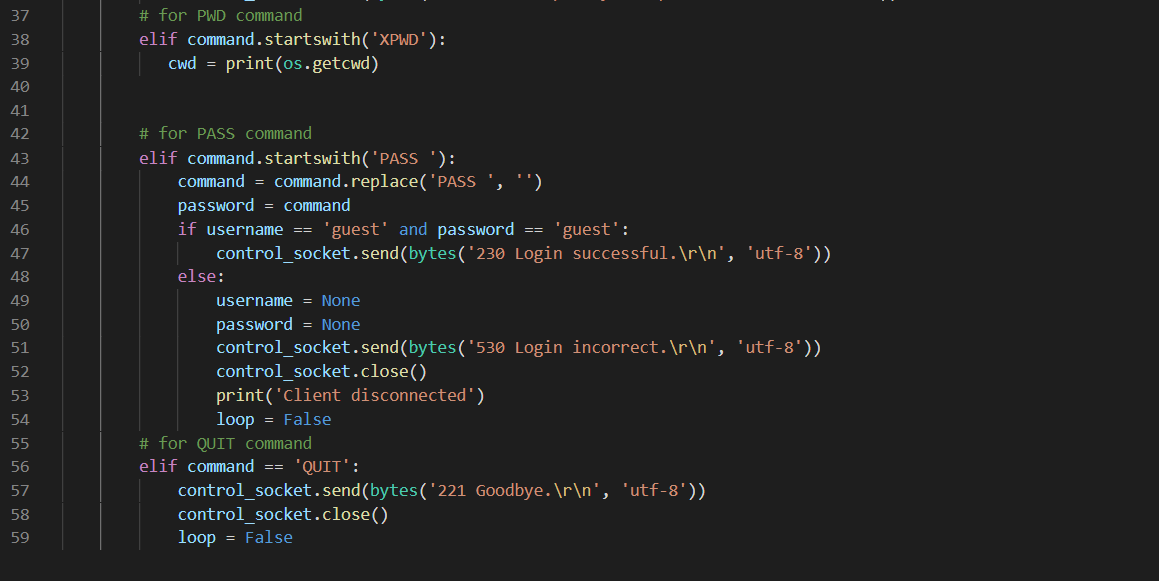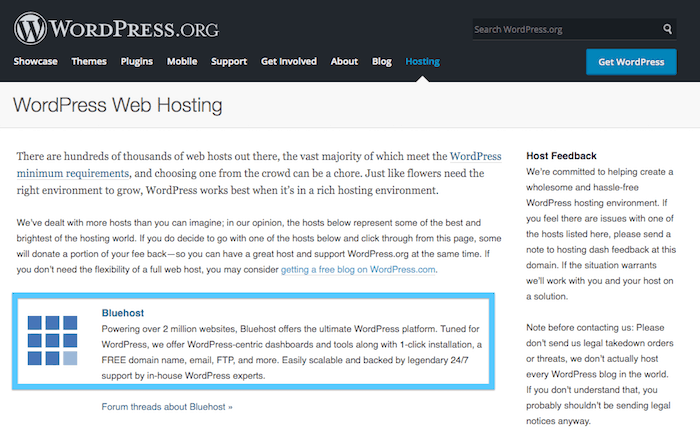
Secure Apache is an important step to maintaining the integrity of your data. It can prevent unauthorised access, protect the data from loss and corruption, or mitigate the effects if a security breach occurs.
1. Apache Server Security
It is important to first secure the Apache server by ensuring that only appropriate people can access it. This is done through a combination of authentication and authorization. If a user wants to log in, they need to verify they are the person they claim to be by using their email address or password.
2. Secure the Apache Webserver
As a second step, it is important to ensure that nobody can alter the configuration files. To do this, change the permissions on the bin folder and the conf directory. By default, all users can view and modify files.
3. Securing logs
Thirdly, you should protect the records and logs that are kept in the database. You can achieve this by backing up the logs onto another system or putting them on a separate medium.

4. Hide the Apache Version Number and OS That Is Running
Administrators often make the mistake of leaving the OS and version number visible in the response returned by an HTTP server. Hackers can use this information to target servers, and exploit vulnerabilities within the software or operating system they are using.
5. Hide the ETag header
One final tip that will help secure an Apache Server is to hide ETag headers. These contain sensitive information about the server. This is part of PCI compliance. It also helps protect the information against being exposed by attackers.
6. Disable SSIs Cookies
Preventing the use of SSIs or cookies is a simple but effective way to protect an Apache webserver. This will stop Cross-Site Scripting (XSS) attacks and other exploits which could seriously damage your website.
7. Strict Transport Security
HTTP strict transport security is another security feature that should be enabled. This feature limits which connections web browsers can accept, and thus restricts their ability to connect using insecure protocols.

8. Adding XSS-Protection to the Header
The X-XSS-Protection heading is a way to protect your site from Cross-Site Scripting, which could crash your website or display misleading information.
9. Enable Web Application Firewalls
An additional layer of security to an Apache web server is to install and configure a WAF (web application firewall). These tools provide a wide range of protection against network, web-server, or application-based attacks.
10. Check that Apache has been patched properly and is up to date
It is possible for a security vulnerability in Apache to have a devastating effect on the server's functionality. It is important to install and apply security patches as quickly as possible in order to fix the vulnerabilities.
FAQ
Can I build my website using HTML & CSS?
Yes, you can! Basic knowledge of web design and programming languages such as HTML (Hyper Text Markup Language), and CSS (Cascading Stil Sheets) is required. These languages enable you to create websites that are accessible to anyone with an internet connection.
What is a static site?
A static site is one that stores all content on a server. Visitors can access the website via web browsers.
The term "static", as it is sometimes called, refers not to dynamic features such changing images, videos, animations, etc.
This type of site was originally developed for use in corporate intranets but has since been adopted by individuals and small businesses who want simple websites without the complexity of custom programming.
Static sites have become increasingly popular because they require less maintenance. It's easier to update and maintain static sites than a website that has many components (such blogs).
They also load more quickly than dynamic counterparts. This makes them great for those who have slow Internet connections or users with mobile devices.
A static website is more secure than its dynamic counterparts. It is difficult to hack into static websites. Hackers have only access to data stored in a database.
There are two main methods to create static websites:
-
A Content Management System (CMS),
-
Create a static HTML website
It depends on what your needs are. A CMS is the best choice for anyone who is new to building websites.
Why? Because it gives you complete control of your website. With a CMS, you don't need to hire someone to help you set up your site. Upload files to the website server.
You can still learn how to code and create a static website. You'll have to invest time learning how programming works.
How much do web developers make?
You can expect to make between $60-$80 an hour working on your own website. You can charge more if you're an independent contractor. You could potentially charge anywhere from $150-200 per hour.
What is a responsive website design?
Responsive Web Design is a method of designing responsive websites. It allows content to display on all devices (desktop computers, tablets and smartphones), so that it can be viewed easily on any device. This allows users to simultaneously view a website from one device while still being able to access other features, such as navigation menus and buttons. The goal of RWD is to ensure that when a user views a site on any screen size, they view the exact version of the site.
If you are building a website to sell products primarily via eCommerce, then you want to make sure that customers can purchase items from your store even if they view it on their smartphones.
Responsive websites will adjust their layout according to the device that is being used. It will appear the same as a regular desktop website if you view it on your laptop. But, the page will appear differently if you view it on your phone.
This allows you to create one website that works on all devices.
Do I use WordPress?
You can start small and build a solid web presence. If you have all the resources and time, then build a website. You might start with a simple blog if you don’t have the time or resources. You can always add features later as you learn how to design and develop websites.
It is essential that you have a primary domain name before you can start your first website. This will provide you with a point of reference when you publish content.
Statistics
- At this point, it's important to note that just because a web trend is current, it doesn't mean it's necessarily right for you.48% of people cite design as the most important factor of a website, (websitebuilderexpert.com)
- Did you know videos can boost organic search traffic to your website by 157%? (wix.com)
- It enables you to sell your music directly on your website and keep 100% of the profits. (wix.com)
- In fact, according to Color Matters, a signature color can boost brand recognition by 80%. There's a lot of psychology behind people's perception of color, so it's important to understand how it's used with your industry. (websitebuilderexpert.com)
- Studies show that 77% of satisfied customers will recommend your business or service to a friend after having a positive experience. (wix.com)
External Links
How To
How can I get started as a UI designer?
There are two routes to becoming a UI Designer:
-
You can earn a degree in UI Design by going to school.
-
It is possible to start a freelance career.
If you want to go through school, you'll need to attend college or university and complete four years of study. This covers art, business, psychology, and computer science.
You can also take classes at community colleges or state universities. Some schools offer no tuition, while some charge tuition.
After you graduate, you must find work. You must establish a client base if you want to work for yourself. It is vital to build a network of professionals so they are aware that you exist.
Opportunities to intern in web development companies are available. Many companies hire interns to gain work experience before hiring full-time workers.
Once you have built up a portfolio of your work, it will help you land more jobs. You should have work samples and information about the projects you worked on in your portfolio.
It is a smart idea to send potential employers your portfolio via email.
You will need to market your services as a freelancer. You can advertise your services on job boards like Indeed, Freelance, Guru, or Upwork.
Freelancers receive assignments often from recruiters who post open positions online. These recruiters look for qualified candidates to fill specific positions.
These recruiters provide candidates with a project description that details the position's requirements.
A freelancer is not required to sign a long-term contract. However, if you plan to move forward, it is best to negotiate an upfront payment.
Many designers prefer working directly for clients and not through agencies. Although this may seem appealing, many people lack necessary skills.
Agency workers typically have extensive knowledge of the industry they're working in. They also have access to specialized training and resources that allow them to produce high-quality work.
Aside from these benefits, agency workers are often paid a higher hourly pay.
However, the disadvantage of working with an agency is not having direct contact with your employer.
A UI designer must be self-motivated, creative and flexible.
Excellent communication skills are also required.
UI designers create user interfaces and visual elements for websites.
They also ensure that the site meets users' needs.
This requires understanding what information visitors want and how the website should function.
UI designers use various tools to create wireframes. They use wireframing to help them visualize the layout of a webpage before they start designing.
It is easy to create your own wireframes using the online templates.
Some designers specialize in UI design alone, while others combine UI with graphic design.
Photoshop is used by graphic designers to edit images.
Then, they use Adobe InDesign for layout and page design.
Photographers capture images using digital cameras or DSLRs.
They then upload the pictures to a photo editing program where they add text captions, filters, and other effects.
Afterward, the photographer saves the image in a file format compatible with the website.
It is vital to consider all aspects in the web design process.
This includes research and planning, wireframing, prototyping testing, coding, content creation and publishing.
Research - It is crucial to conduct extensive research before beginning a new venture.
Planning - Once your research is complete, you can begin to create a plan.
Wireframing: A wireframe is a sketch of a website or application.
Prototyping: Prototypes can help to ensure that the final product meets the initial vision.
Testing - It is important to test the prototype several times in order to make sure it works.
Coding: Coding is the process of writing code for computers.
Content Creation – Content creation includes everything, from the writing of copy to managing social networks accounts.
Publishing entails uploading files to a server and ensuring the site is accessible.
You will be required to study about other projects in order to work as a freelance UX/UI design.
Some companies, for example, only need wire frames. Others require complete prototypes.
Depending upon the type and scope of the project, you may be asked for specific tasks.
One example is that if you are hired as a wireframe designer, you might be required to create many wireframes.
If you're being hired to create a full prototype, you might be asked to create a fully functional site.
It doesn't matter what kind of project it is, strong interpersonal skills are essential.
You need to build strong relationships with potential employers as freelancers are hired primarily through referrals.
Furthermore, you should be able and able to communicate both verbally AND in writing.
A portfolio is an important part of any freelancer's arsenal.
It showcases your work, and demonstrates your ability deliver high-quality outcomes.
You can take care of this by creating a professional portfolio online.
You can find similar websites to yours online to help you get started.
Then, search these sites to see how each one presents its services.
Once you identify what you think are the best practices, go ahead and adopt them.
You can also include links to your portfolio in your resume.